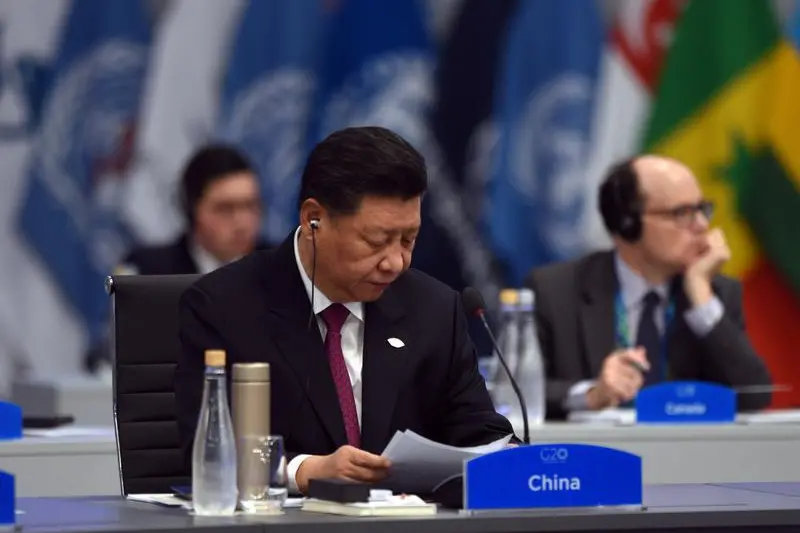PHOTO
HONG KONG - President Xi Jinping has proven himself adept at the art of buying time. The Chinese leader secured a welcome trade war ceasefire with the United States at the G20 summit in Buenos Aires. Now for the hard part: structural change. Over the coming weeks, he has opportunities to offer a little more: that will test the minimum required to please Washington hardliners.
Xi walked away from his much-anticipated dinner with U.S. President Donald Trump with a 90-day window for talks. So far, he has offered relatively little. Apart from tighter control over the synthetic opioid fentanyl and a posthumous review of the scuppered Qualcomm-NXP deal, it was essentially a two-part deal: China will buy lots more American goods and start negotiations on trickier fundamental issues like non-tariff barriers for foreign companies.
The Chinese president now has a handful of opportunities to show how far he really is willing to go. His expected speech later this month to commemorate the 40th anniversary of the start of reform in the People’s Republic will be one key moment. There’s also the Central Economic Work Conference, an annual look-ahead to set policy priorities for the next year, plus the possibility of another Central Committee plenum. Each would offer a tidy chance to provide a bold vision, which could then be fleshed out and offered to U.S. negotiators.
Beijing does have cards to play. Officials have in recent weeks hinted at a beefed-up intellectual property regime, something Beijing will inevitably need to tackle: after all, the current dispute began, ostensibly at least, as a response to allegations of IP theft. Officials can also accelerate efforts to provide more access, particularly in the financial and auto industries, to demonstrate good faith. Trump said on Twitter that China had agreed to “reduce and remove” tariffs on U.S. cars, perhaps marking one such effort.
A noticeable gap between interpretations of the G20 dinner – China only obliquely hinted at structural reform, for instance – is not auspicious. In the end, though, it will come down to Xi’s calculation of what, in addition to more American imports, is the minimum he can offer to satisfy the U.S. administration - or at least, to persuade Trump to overrule more hawkish advisers. He secured extra time; now he will need to be bold to clinch a deal.
On Twitter https://twitter.com/cbeddor
CONTEXT NEWS
- China and the United States agreed on Dec. 1 that they would not increase tariffs on Jan. 1. The administration of U.S. President Donald Trump had been prepared to raise duties on $200 billion of Chinese imports to 25 percent, from 10 percent at present. The two countries will instead take 90 days to negotiate a new deal, according to a White House statement.
- The statement said China agreed to purchase a “very substantial” amount of products from the United States to reduce the bilateral trade deficit. The two sides will also start talks on structural changes, such as intellectual property protections, non-tariff barriers and other issues.
- For previous columns by the author, Reuters customers can click on BEDDOR/
- SIGN UP FOR BREAKINGVIEWS EMAIL ALERTS: http://bit.ly/BVsubscribe
(Editing by Clara Ferreira Marques and Katrina Hamlin) ((christopher.beddor@thomsonreuters.com; Reuters Messaging: christopher.beddor.thomsonreuters.com@reuters.net))












